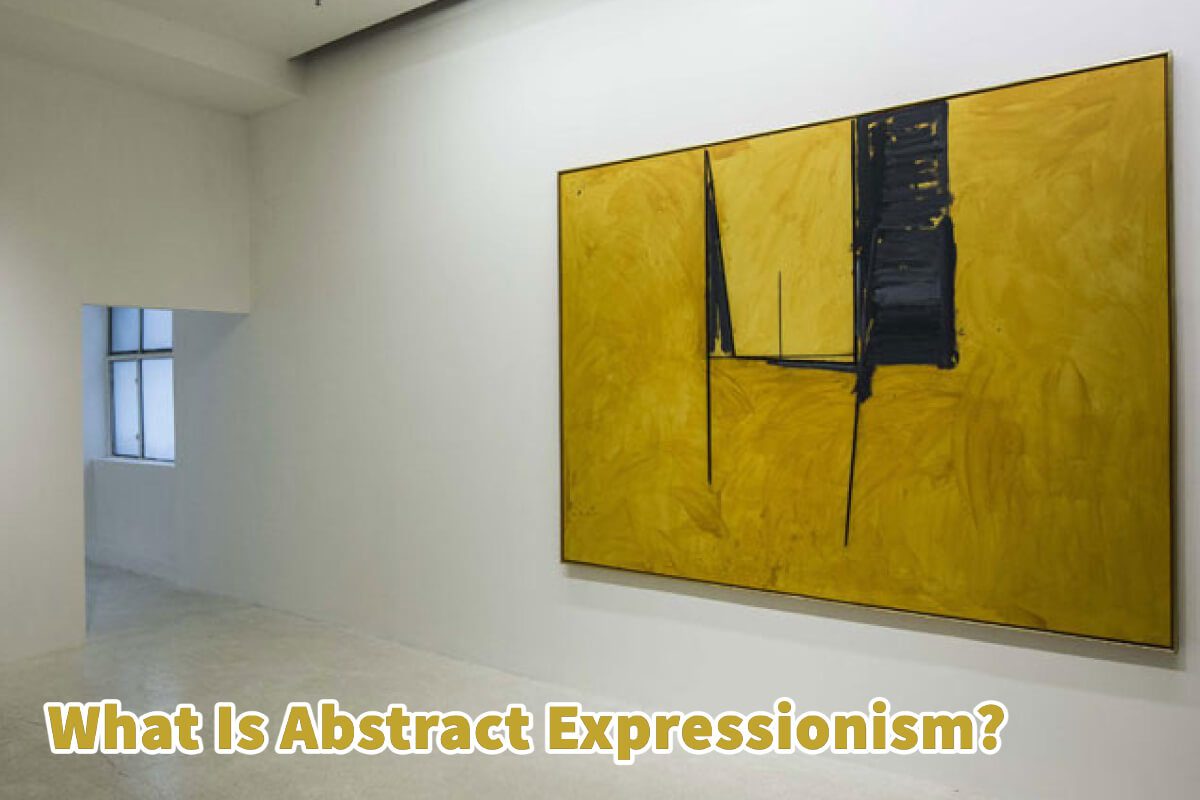Abstract Expressionism continues to be a modern art movement. Many Abstract Expressionism paintings continue to sell for a record number of dollars.
Abstract Expressionism is a term applied to the art developed by American painters in the 1940s and 50s. It is associated with the New York School art movement, which signified a change in the world’s art center from Paris, France, to New York City. Gestural brushstrokes characterize the abstract expressionism art movement, mark markings, and the overall impression of spontaneity in the artwork.
Table of Contents
- The Abstract Expressionism Art Movement
- Abstract Expressionism Characteristics Explained
- Frequently Asked Questions
- Related Questions
The Abstract Expressionism Art Movement
The Abstract Expressionism art movement is an art movement that was developed by American painters in the 1940s and 50s. It is characterized by abstract works of art that include gestural brushstrokes, mark-making, and overall impressions of spontaneity.
Abstract Expressionism was a real breakthrough in art during its time. It was an art movement that took place in post-World War II America. It was also an art movement that put New York City on the map as the world’s art center.
New York School Movement
The Abstract Expressionism painters are associated with the New York School of Art. The New York school was an informal group of American poets, painters, and musicians active in New York City in the 1950s and 60s.
They received inspiration from surrealism and the contemporary avant-garde art movement.
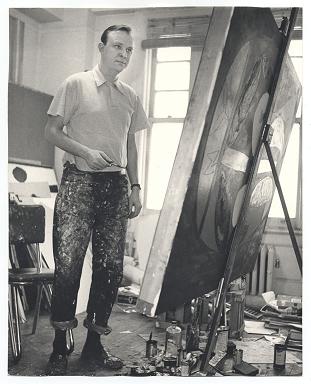
But the artist Robert Motherwell coined the New York school to describe this group of abstract expressionism artists working in New York and specifically Manhattan, after the Second World War.
The term New York School also reflected the notion of an artistic shift in the world after World War II. New York had taken over from Paris as the world center for modern art innovation.
The change in art brought these loosely formed groups of abstract modern artists together in the New York School. The New York School was not a specific academy or school but referred to the change or the shift in the location of art and the Abstract Expressionism art movement.
The Abstract Expressionism artists and the New York School would use gestural brushwork, action painting, and flattened abstract forms. Some artists continue to use figures in their artwork, but many others moved away from any art that could be recognized as having a specific subject matter.
The New York School was a very loosely founded organization, more a loose band of artists who believed that art was not just about the subject matter as much as the event of painting the artwork.
Abstract Expressionism Characteristics Explained
The Abstract Expressionism art movement of the New York School had two significant categories or what would be known more as types of painting. The two types were the action painters and the color field painters.
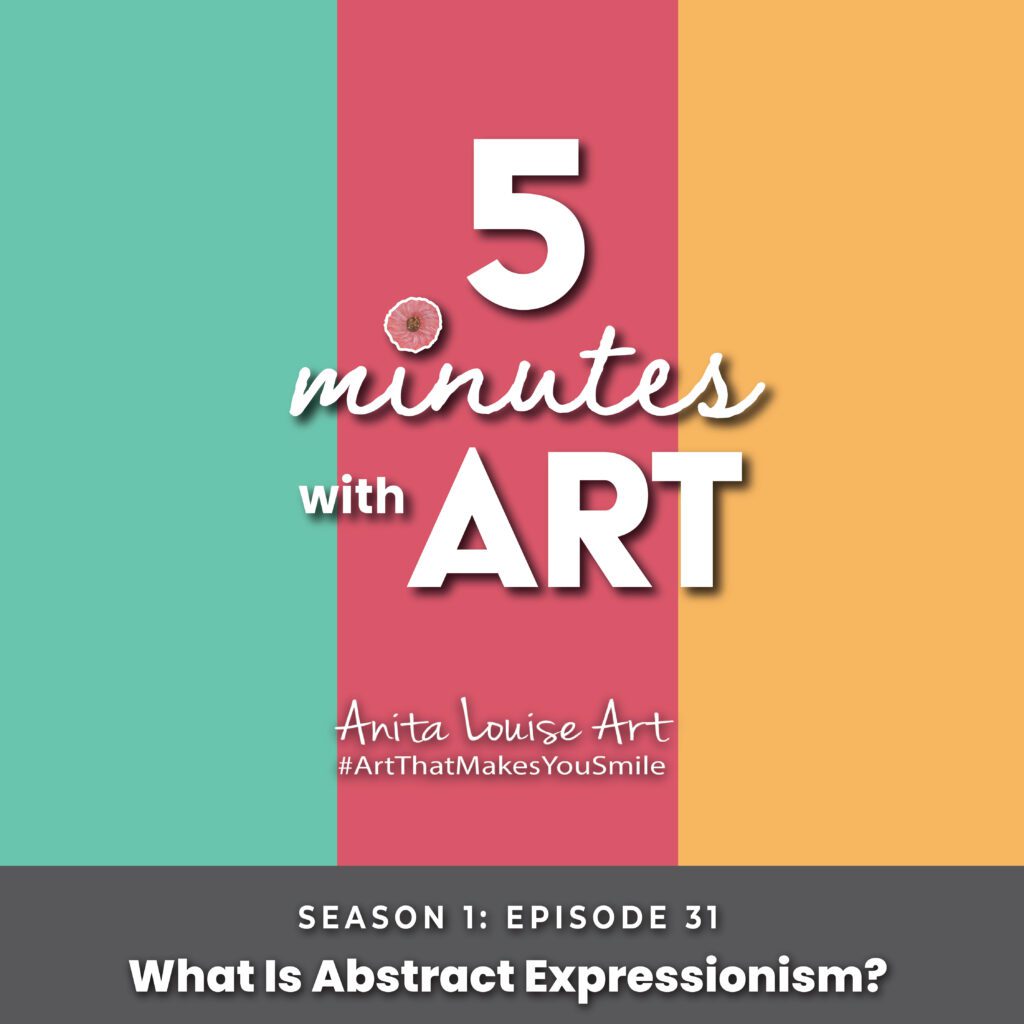
Listen To Our Podcast About What Is Abstract Expressionism? by clicking here.
Action Painting
As the name implies, action painting is when the artist almost attacks the canvas with expressive brushstrokes or other means of painting. The artists would work spontaneously on the canvas, most of the time using large brushes or making sweeping gestural marks on the canvas itself.
Jackson Pollock and Willem de Kooning were two leaders in this movement that used the Action Painting technique.
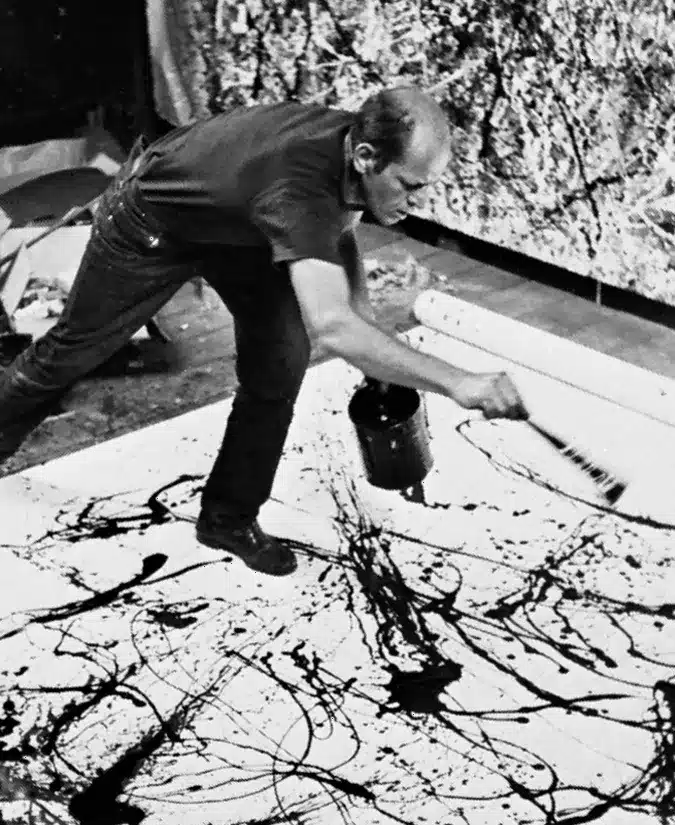
Jackson Pollock was known for placing the canvas on the floor as he would dance around it while listening to music, drinking, and smoking cigarettes. He would throw the paint onto the canvas dripping it, smearing it, and having a trail of paint onto the canvas itself. He did this by building up his artwork layer upon layer of paint.
You can read more about Jackson Pollock with our blog What Makes Jackson Pollock’s Art So Valuable? by clicking here.
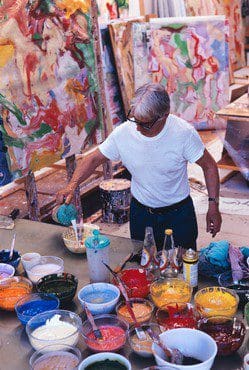
Willem de Kooning was also a painter that used the action painting technique with Abstract Expressionism. De Kooning would famously use many gestural marks on his paintings and large brushes. He did not paint on the floor or drip paint like Jackson Pollock, but his work was also Abstract Expressionism action painting.
You can read more about Willem de Kooning with our blog Why Is Willem De Kooning’s “Interchange” The Most Expensive Painting? by clicking here.
Color Field Painting
The second group or technique was called color field painting. This group was led by Mark Rothko but also included Barnett Newman and Clyfford Still. Color field painters, usually profoundly interested in religion and myth, created large areas of color meant to be contemplative and meditational.
For them, the paintings were highly personal and reflective. The painting was about their feelings or the reflectiveness of the painters onto the canvas.
Mark Rothko is known most for this kind of color field painting. Rothko would use one color in large areas on the canvas or what could seem like a single flat color.
Mark Rothko also believed that his paintings were not just about color but that his spirit lived and breathed within his art. He felt that when people viewed his art, they should be taken to another realm.
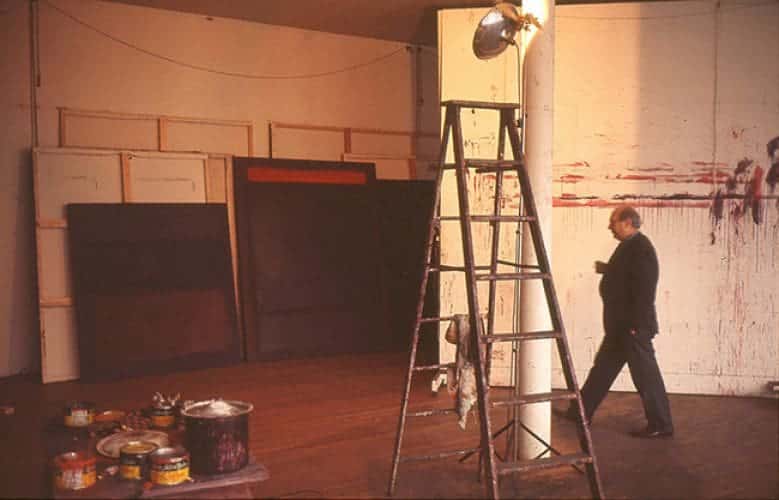
You can read more about Mark Rothko by reading What Makes Mark Rothko’s Paintings So Valuable? by clicking here.
The Abstract Expressionism movement continues to be very popular. We can see this in the record number of dollars that many of the paintings from artists like Jackson Pollock, Willem de Kooning, and Mark Rothko sell for today.
Their paintings show what an important and famous art movement Abstract Expressionism continues to be. Abstract Expressionism paintings are in high demand by art collectors and museums worldwide.
Anita Louise Art is dedicated to art education, great artists, and inspiring others to find and create their art. We love art that uplifts and inspires. #ArtToMakeYouSmile! #ArtToMakeYouHappy!
If you are interested to see any of my art, you can find out more by clicking here. If you are interested in what inspires me and my paintings, you can discover more by clicking here.
We have a free newsletter and would love you to be part of our community; you can subscribe to the newsletter by clicking here. I would be happy to talk to you if you have any questions. You can reach me, Anita, by clicking here.
Subscribe to our Anita Louise Art YouTube Channel with great videos and information by clicking here.
Join us for our podcast “5 Minutes With Art.” Spend just 5 minutes a week with us to discover and learn about great art and artists. You can find out more about our podcast by clicking here.
Frequently Asked Questions
What is Abstract Expressionism?
Abstract Expressionism is an art movement that originated in New York in the 1940s. It’s characterized by abstract works that emphasize an artist’s emotional or expressive ideas over replicating reality. The movement is known for its focus on spontaneous, automatic, or subconscious creation.
Who were some of the main artists in the Abstract Expressionist movement?
Notable artists in the Abstract Expressionist movement include Jackson Pollock, Willem de Kooning, Mark Rothko, Franz Kline, and Barnett Newman, among others.
What are some defining characteristics of Abstract Expressionist art?
Abstract Expressionist art is often characterized by its large scale, use of non-traditional materials and techniques, spontaneity, and emphasis on the physical act of painting. It is also noted for its lack of a clear or realistic subject matter.
What was the cultural impact of Abstract Expressionism?
Abstract Expressionism marked a significant shift in the art world, with the center of the art world moving from Paris to New York. It also helped pave the way for later art movements like Pop Art and Minimalism.
How does Abstract Expressionism differ from other art movements?
Unlike many earlier art movements, Abstract Expressionism does not focus on depicting reality or a specific subject. Instead, the focus is on expressing emotions and ideas, often through abstract or non-representational means.
What is “action painting”?
Action painting is a sub-genre of Abstract Expressionism, characterized by the emphasis on the physical act of painting. Artists like Jackson Pollock are famous for this style, where the paint is dripped, poured, or splashed onto the canvas.
Why is Abstract Expressionism considered abstract?
Abstract Expressionism is considered abstract because it does not seek to represent an accurate depiction of visual reality. Instead, it uses shapes, colors, forms, and gestural marks to achieve its effect.
Was Abstract Expressionism only an American movement?
While Abstract Expressionism originated and was most prominent in America, it influenced artists worldwide and led to parallel movements in other countries.
Related Questions
What Art Movements Emerged From the New York School?
One of the major movements that emerged from the New York school was Abstract Expressionism. This is a significant art movement that started after World War II. Another art movement that is credited with starting in New York City is Minimalism.
By clicking here, you can learn more by reading What Art Movements Emerged From the New York School?.
Why Did New Art Movements Develop In The Years Following World War 1?
Many of the art movements after World War 1 came about as a direct protest about the devastation and loss of human life in the First World War. These art movements also included cultural and political movements where like-minded artists band together to produce satirical and other art.
You can discover more by reading Why Did New Art Movements Develop In The Years Following World War 1? by clicking here.
Can Anyone Be An Abstract Artist Without Any Talent In Painting?
To be a great abstract artist need, you need talent and an understanding of painting. Painting can be a technical skill that artists spend a lifetime perfecting through their art education and practice. Great abstract artists have had intensive training in painting, drawing, composition, and color theory.
You can learn more by reading Can Anyone Be An Abstract Artist Without Any Talent In Painting? by clicking here.

